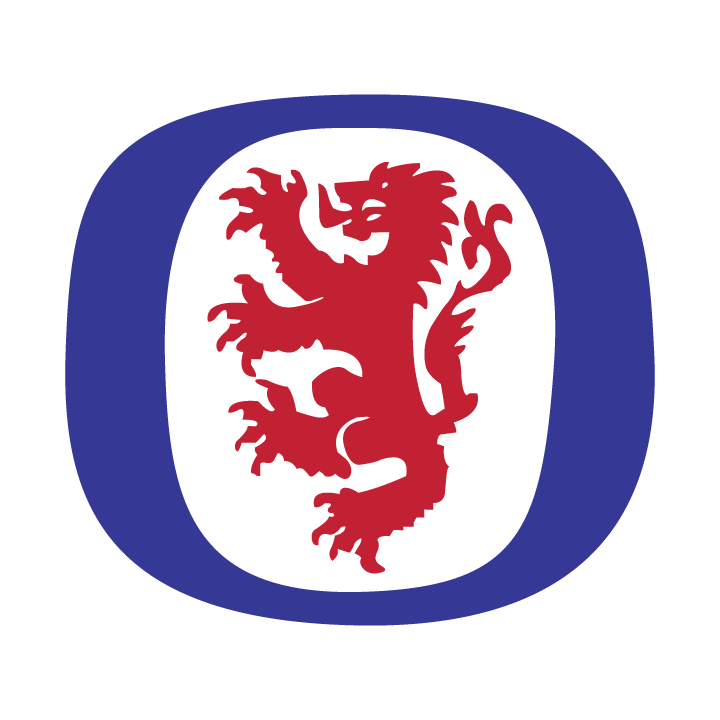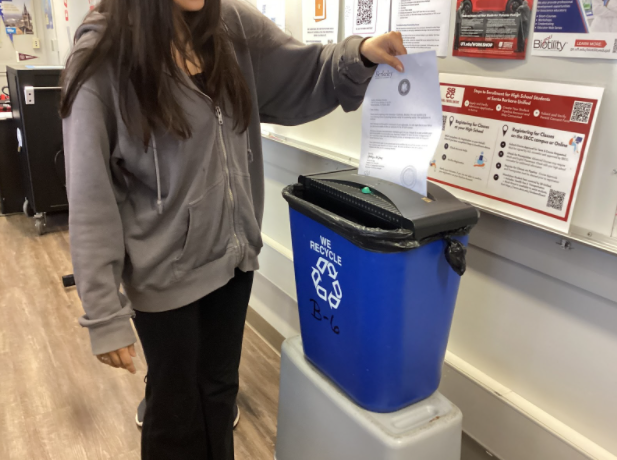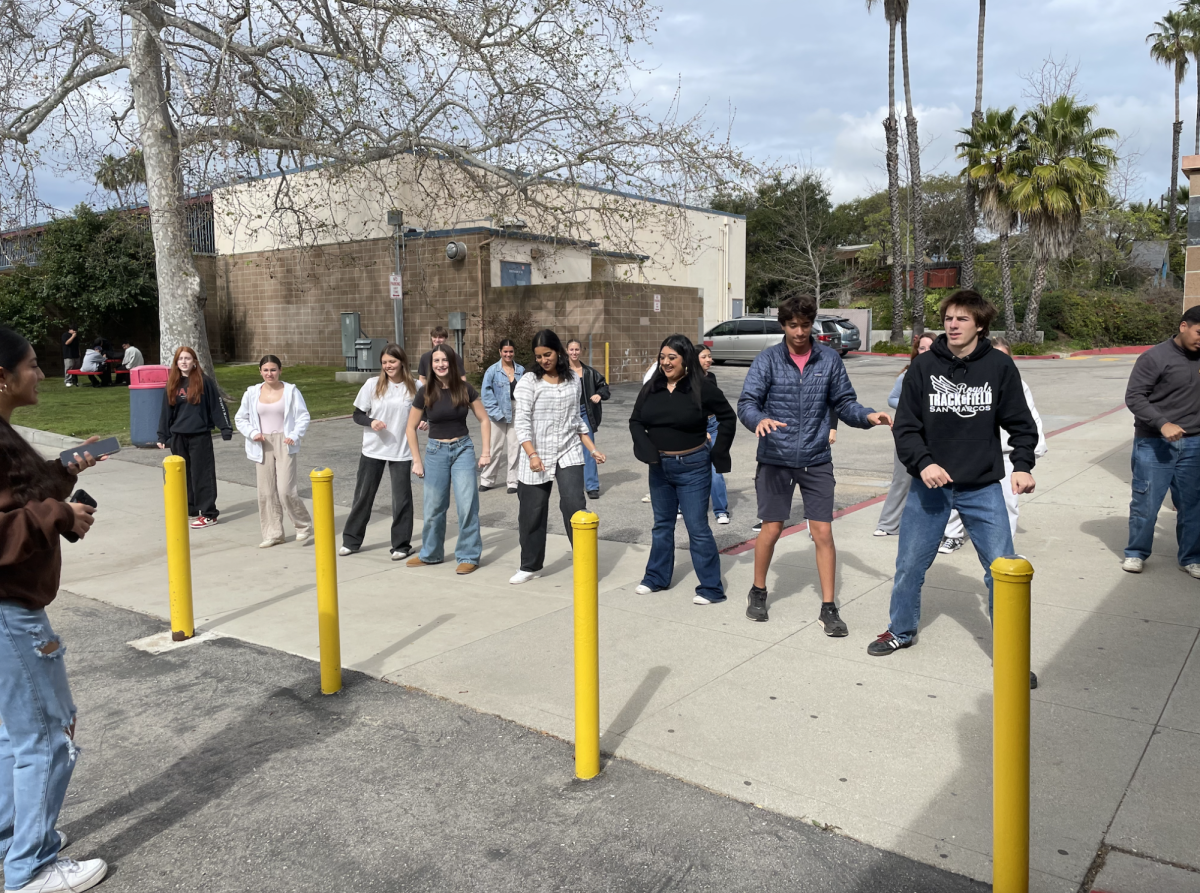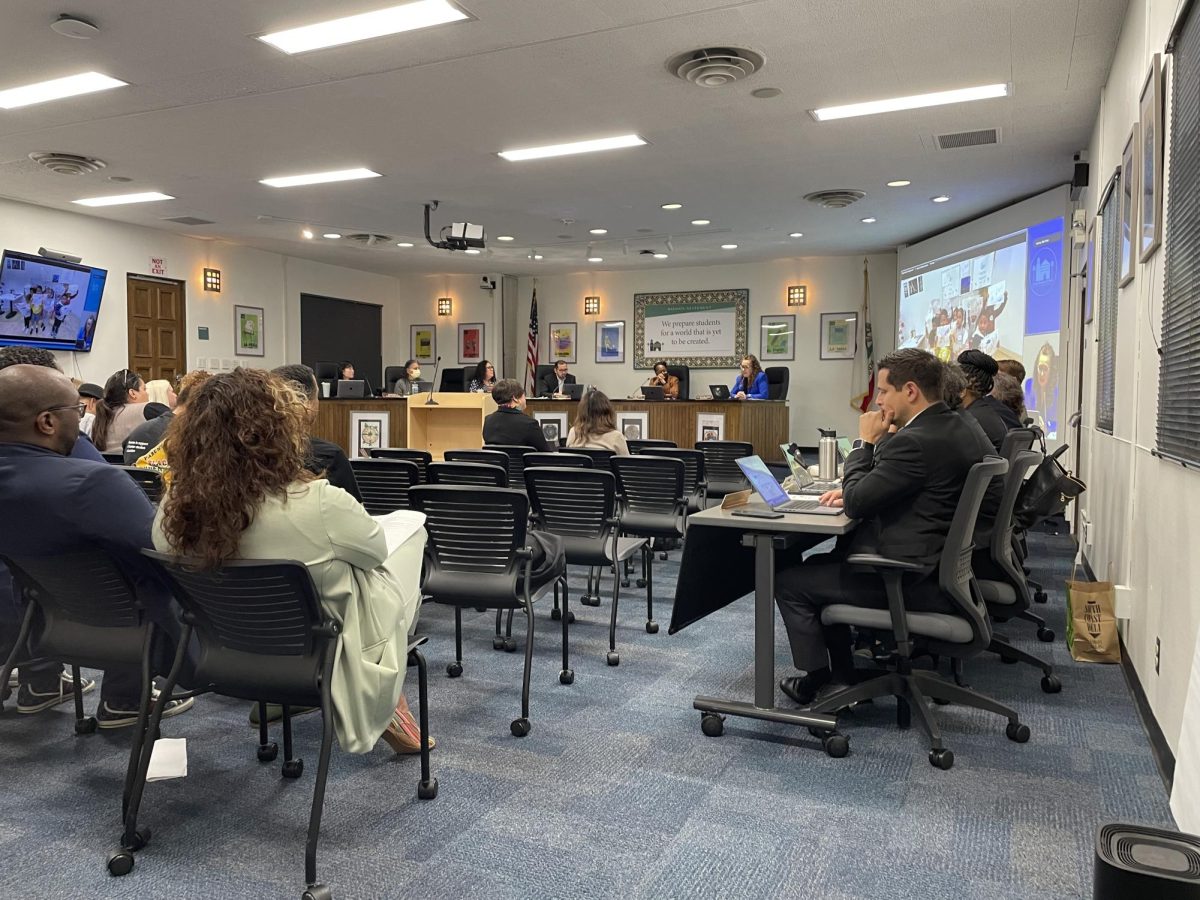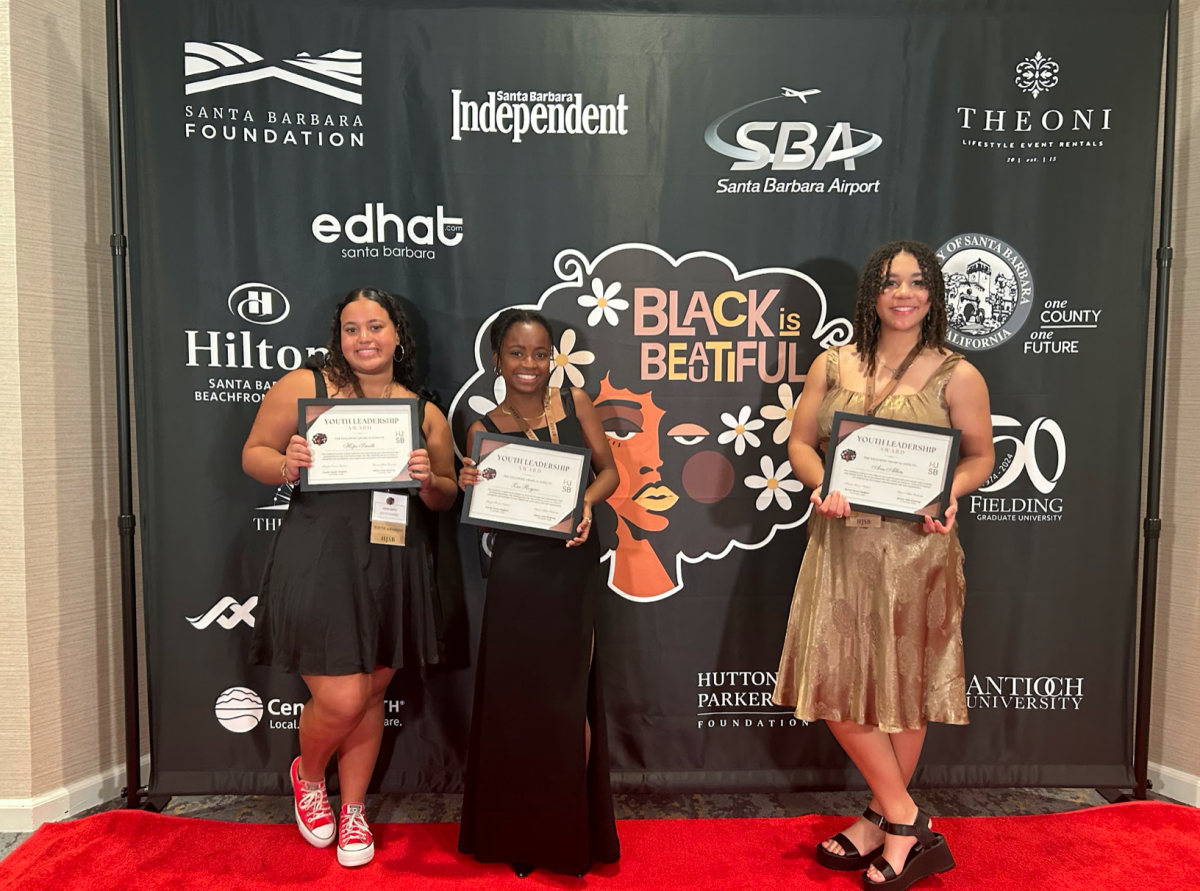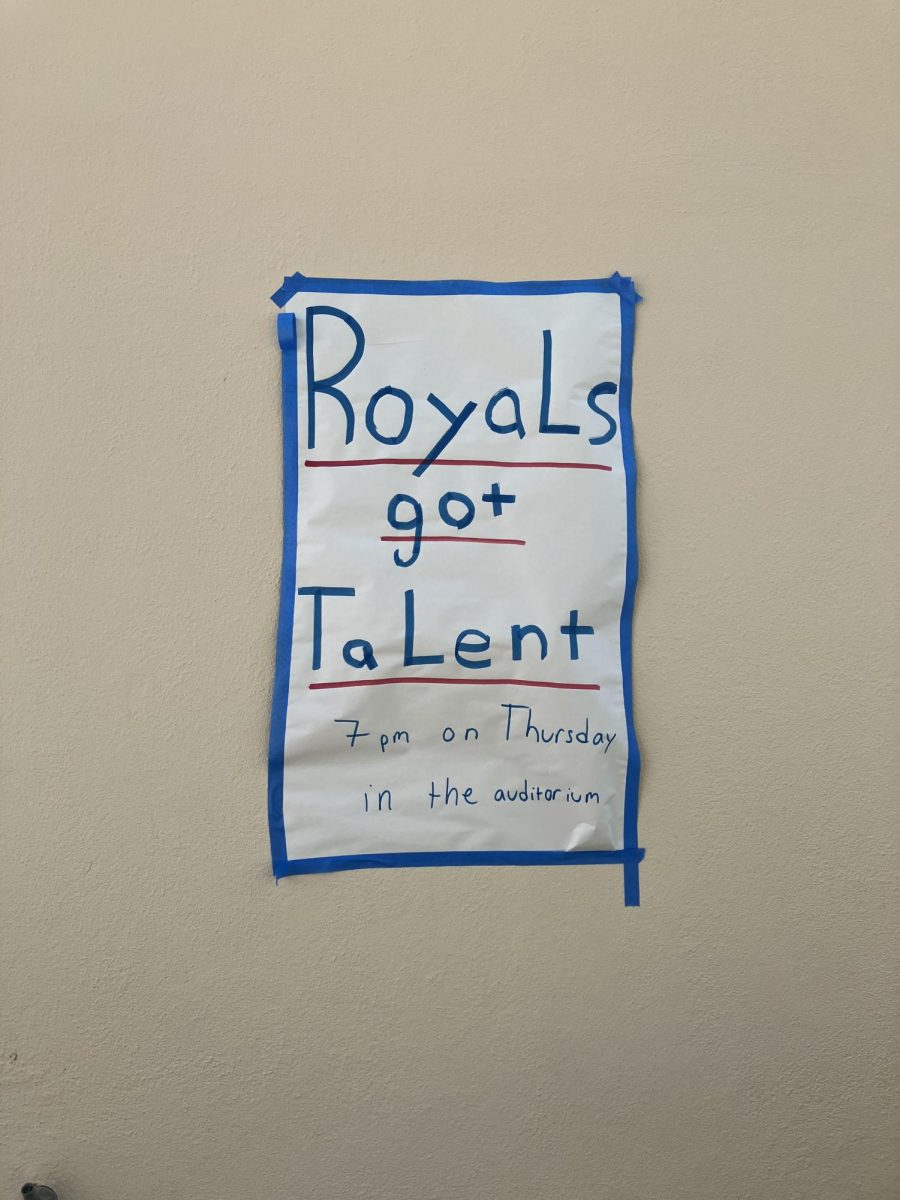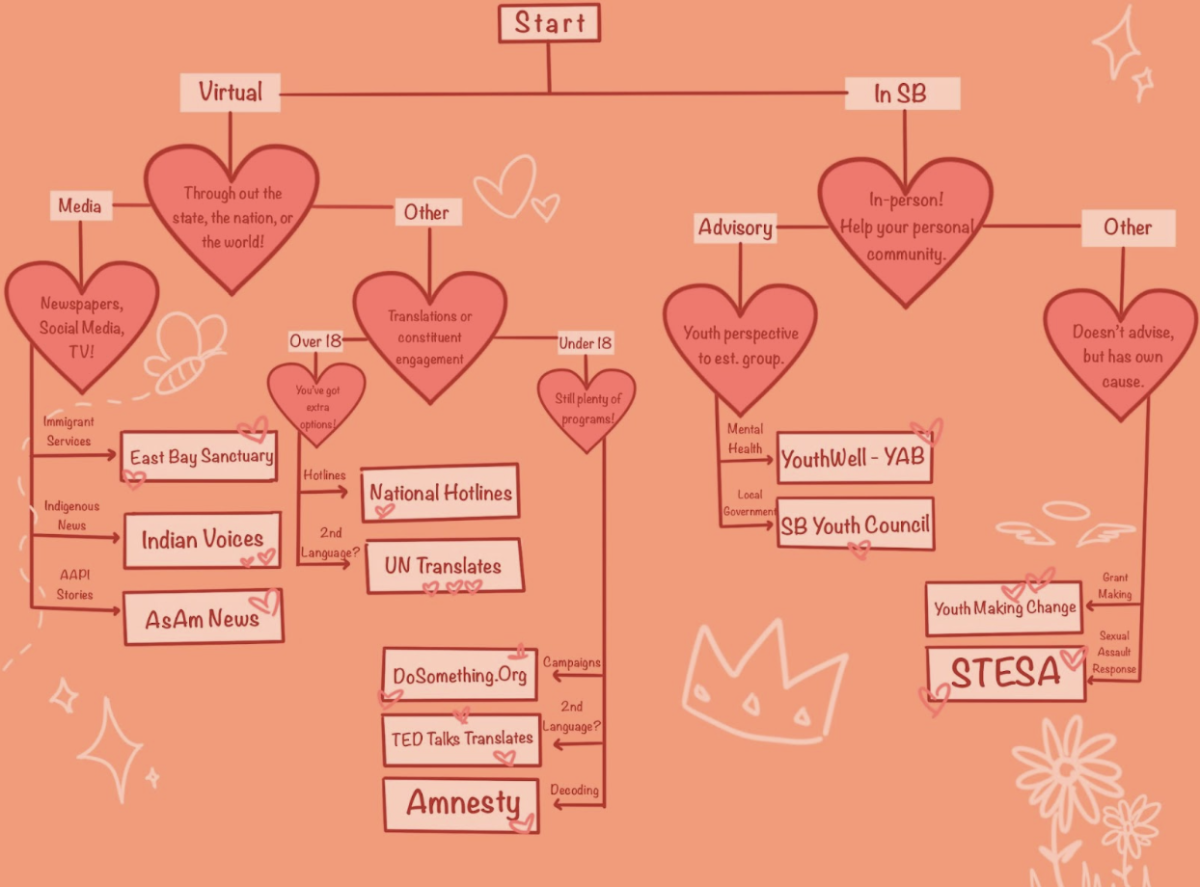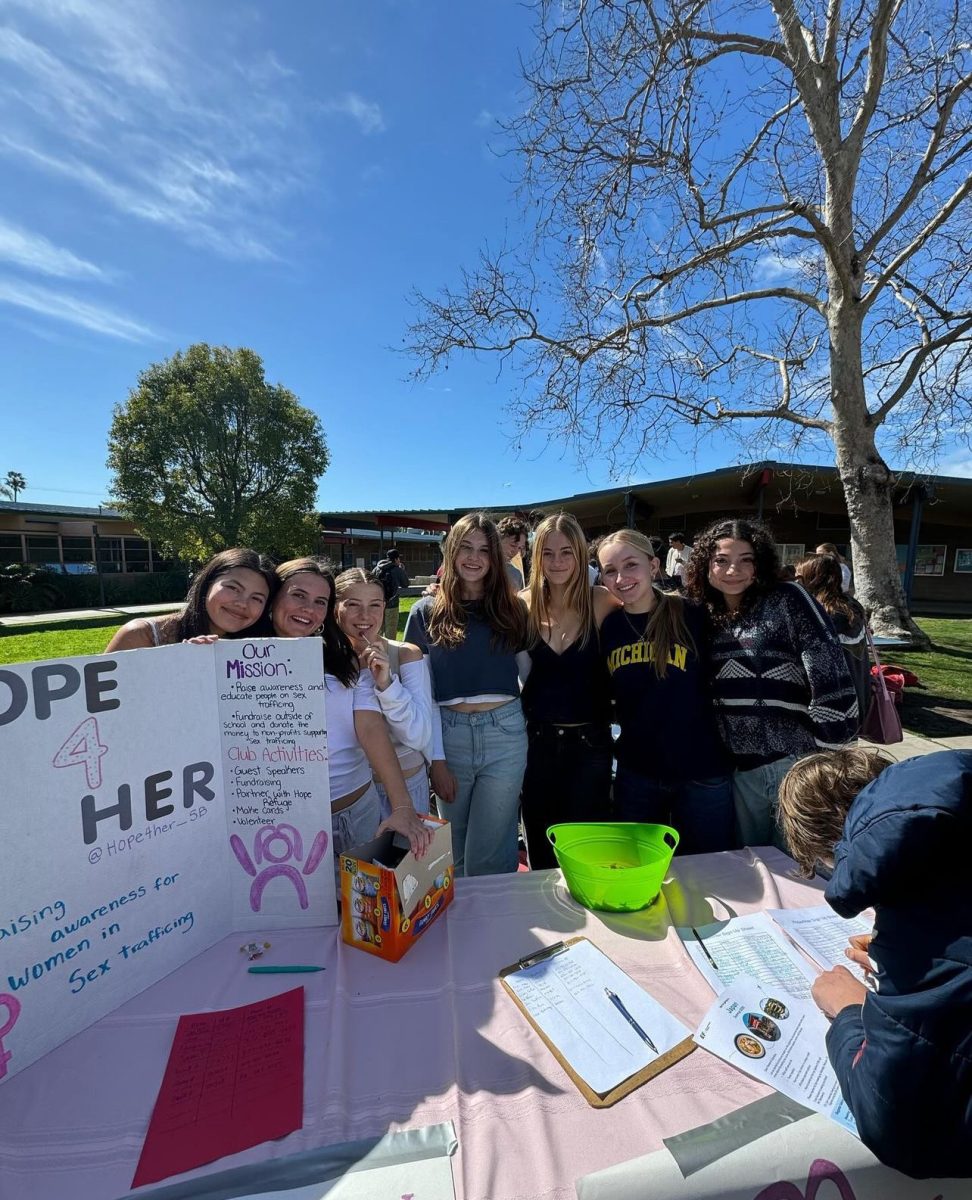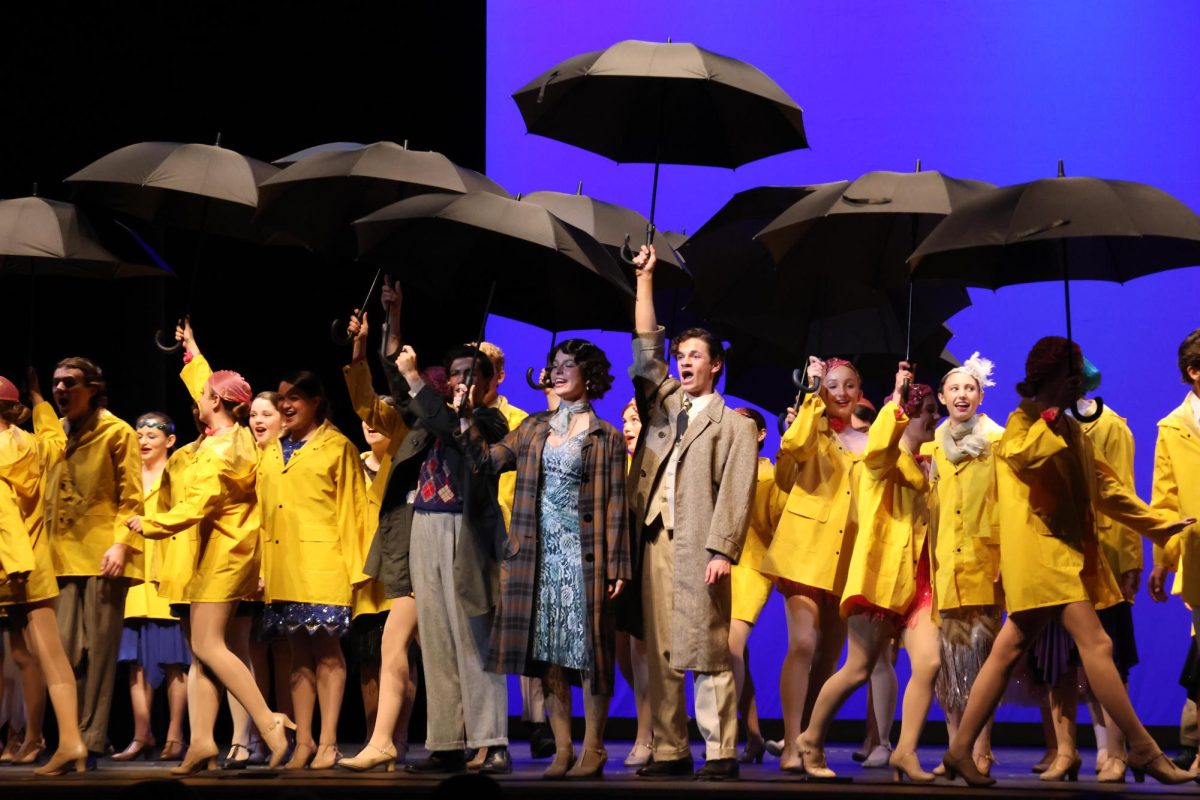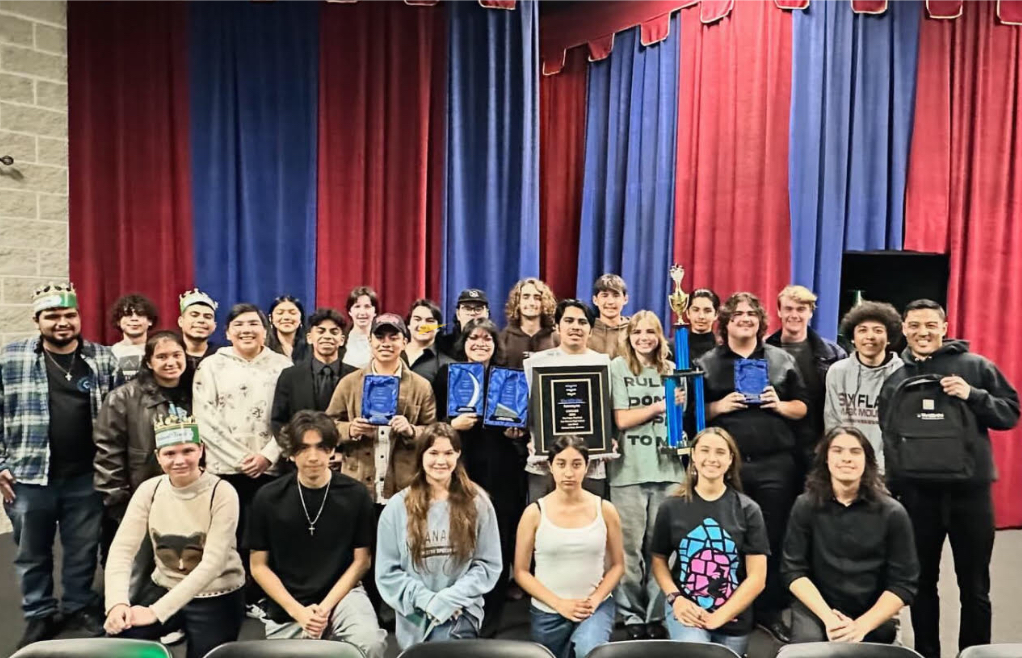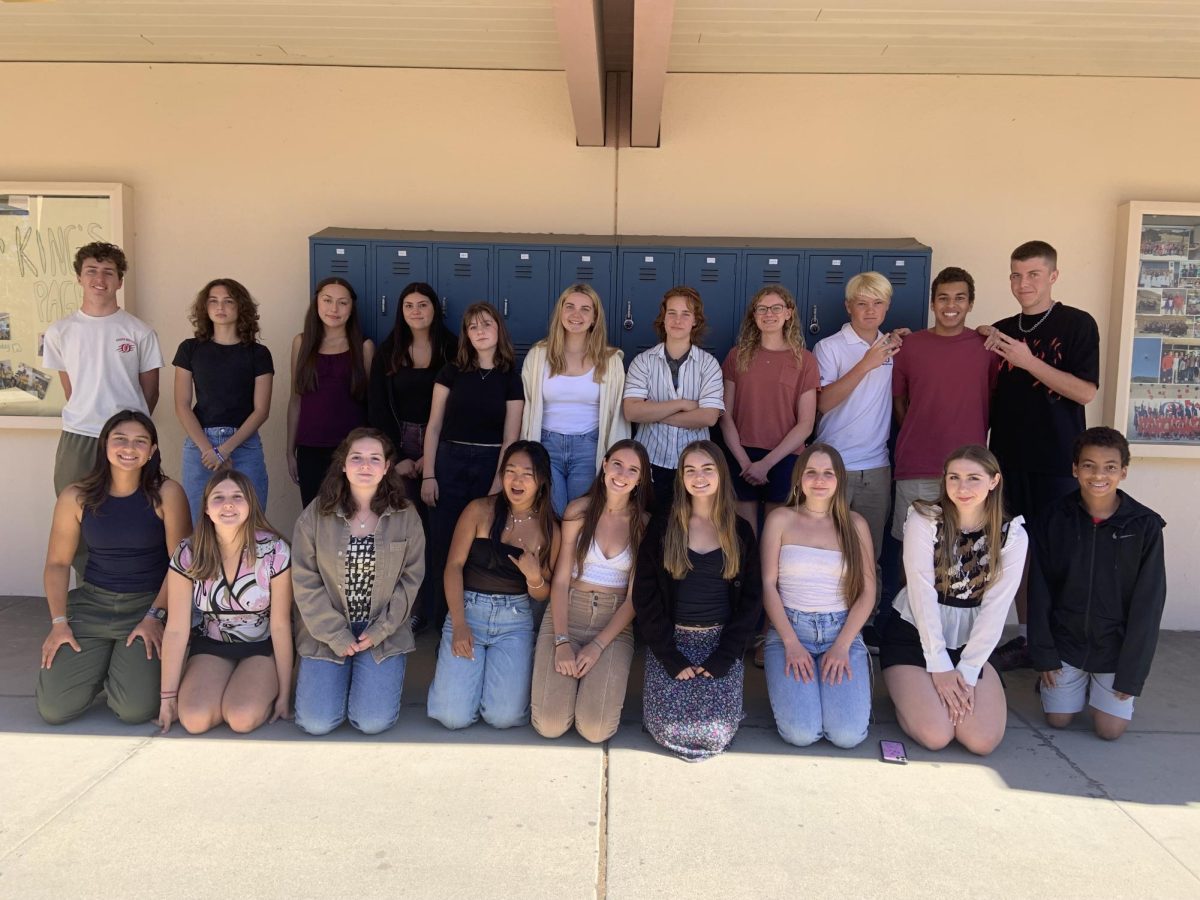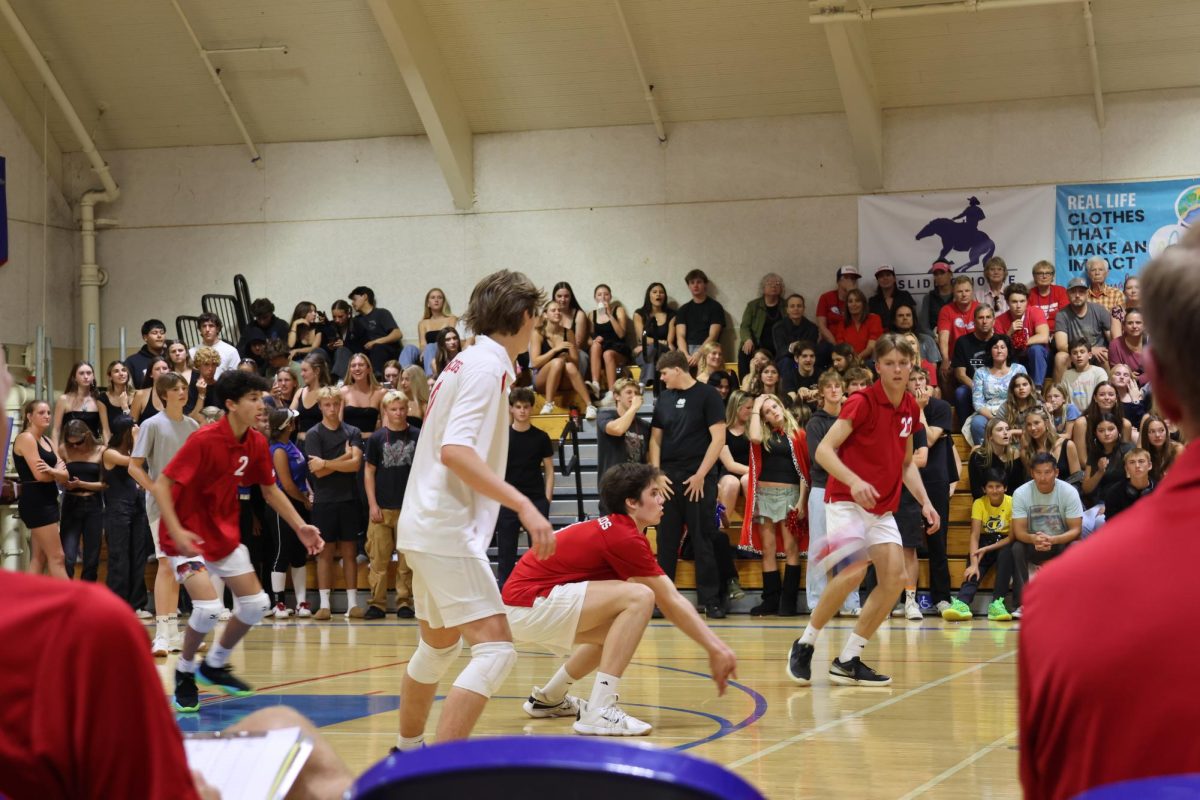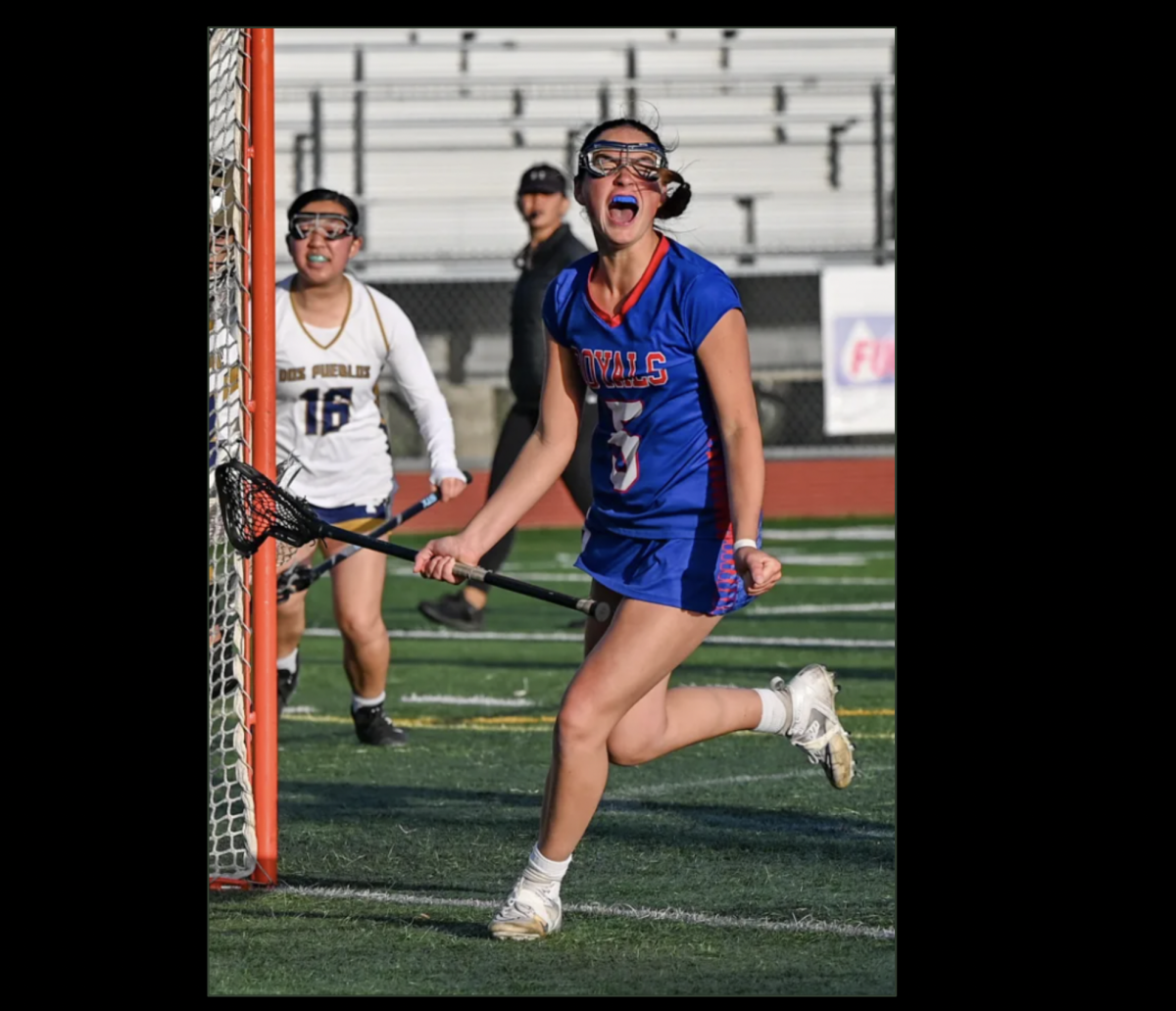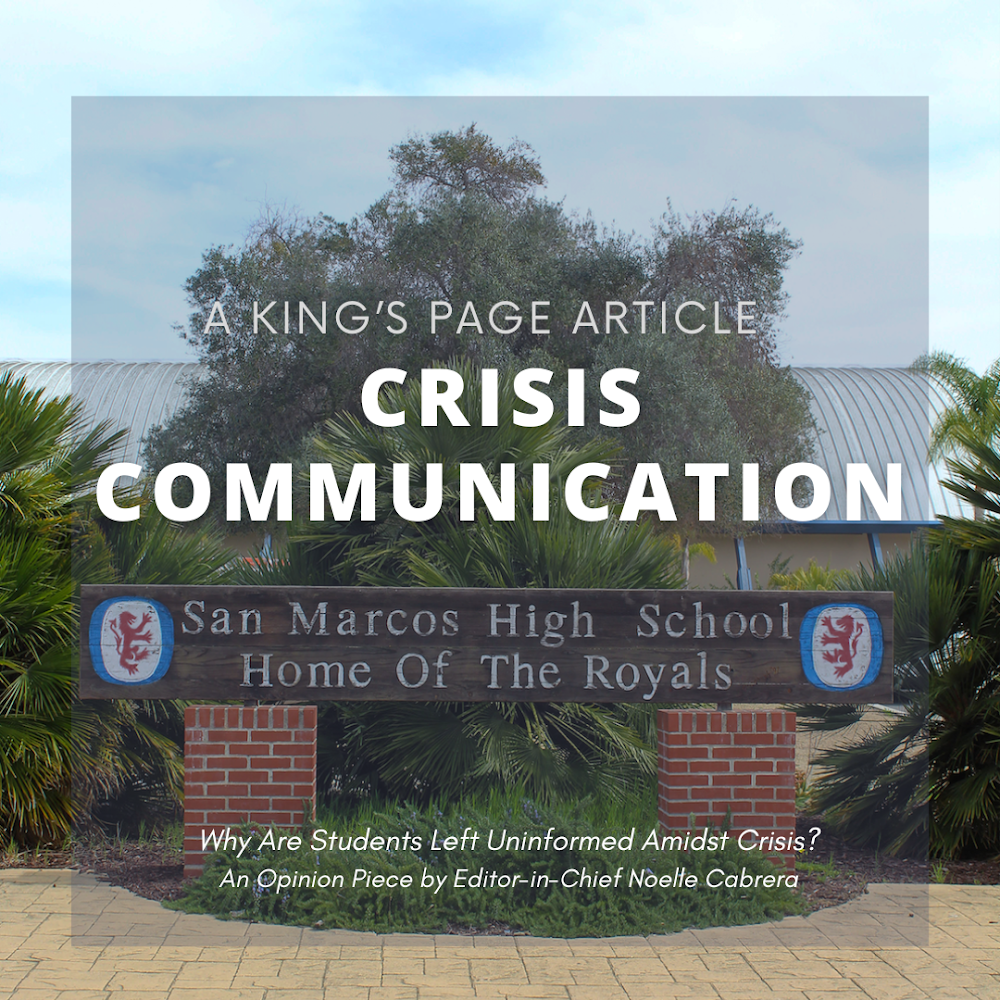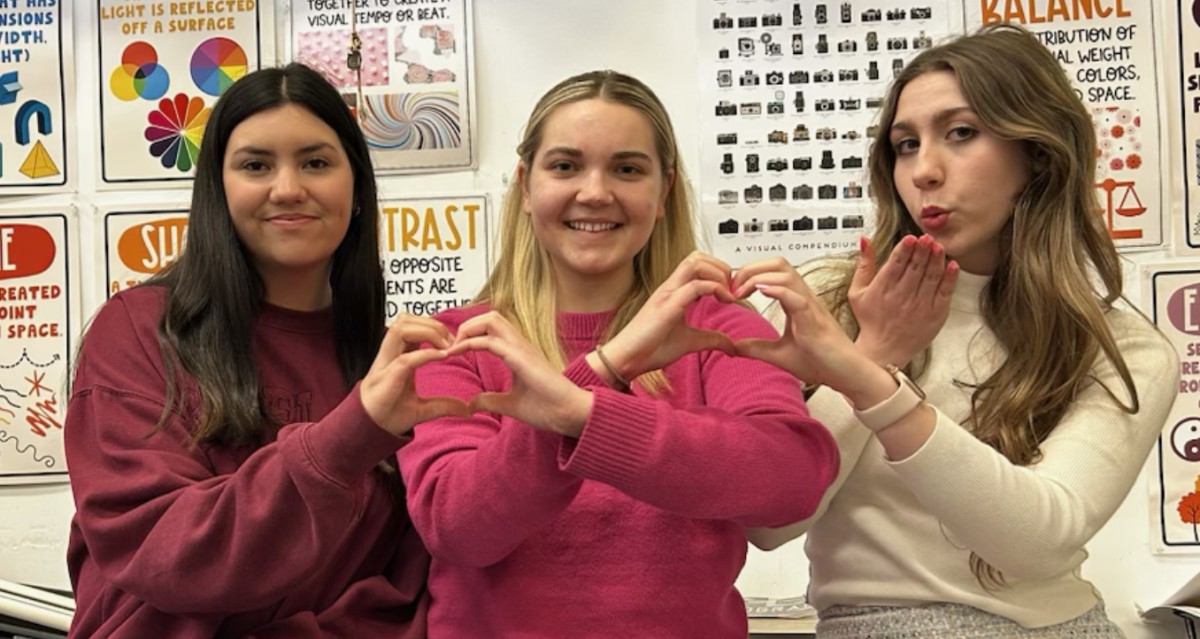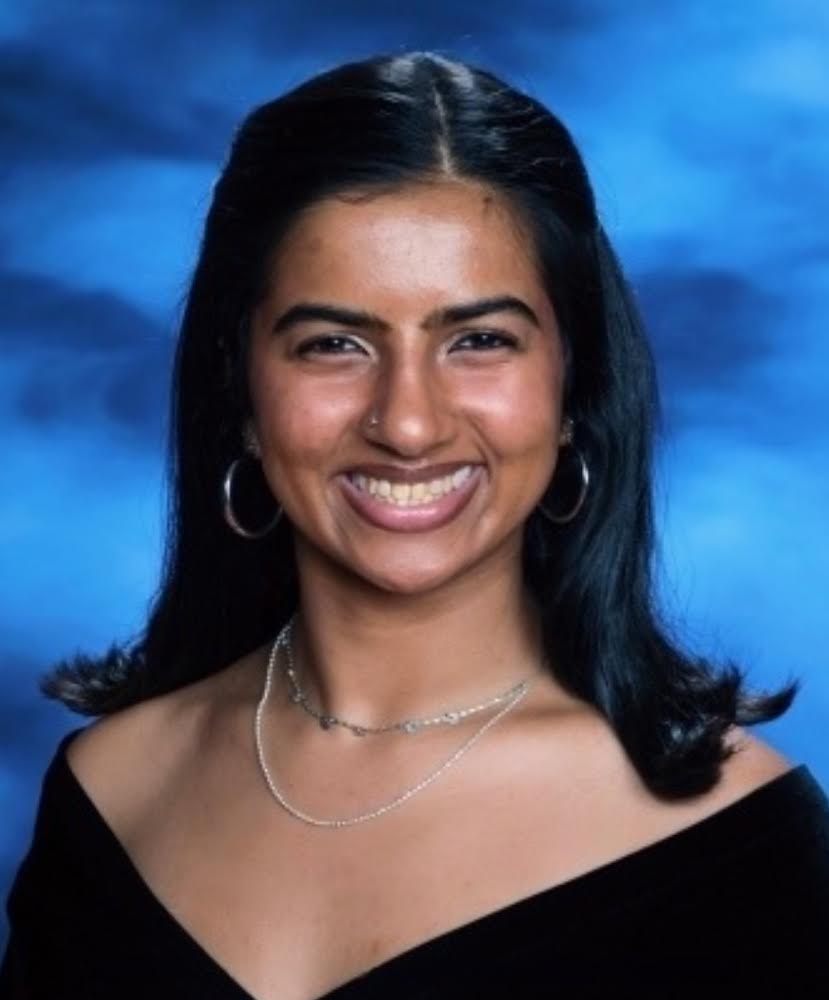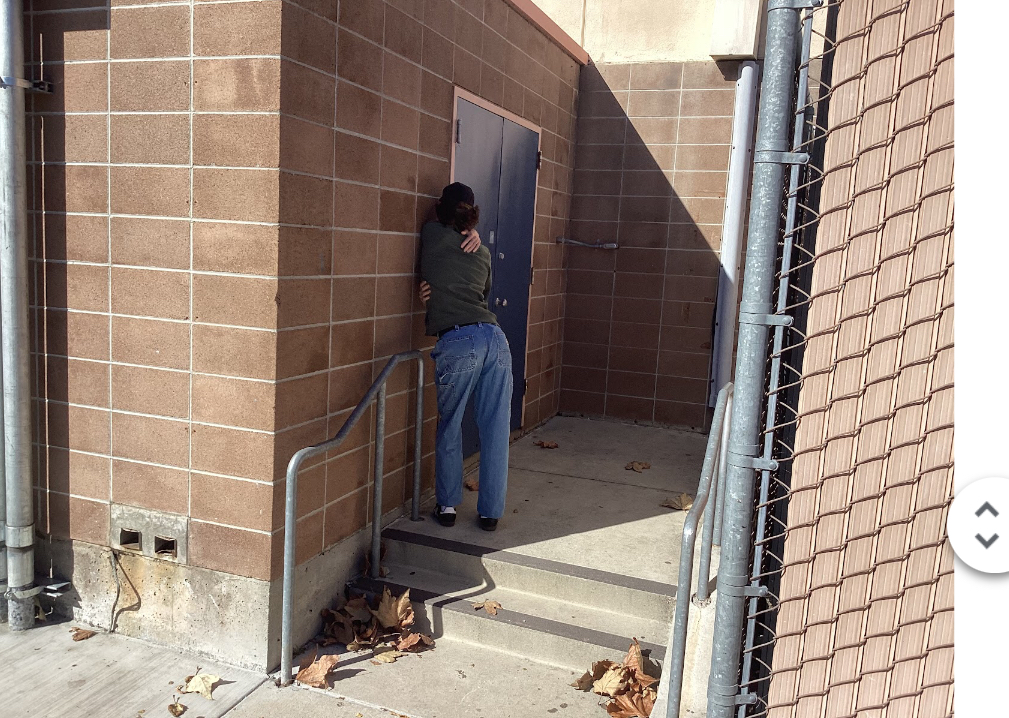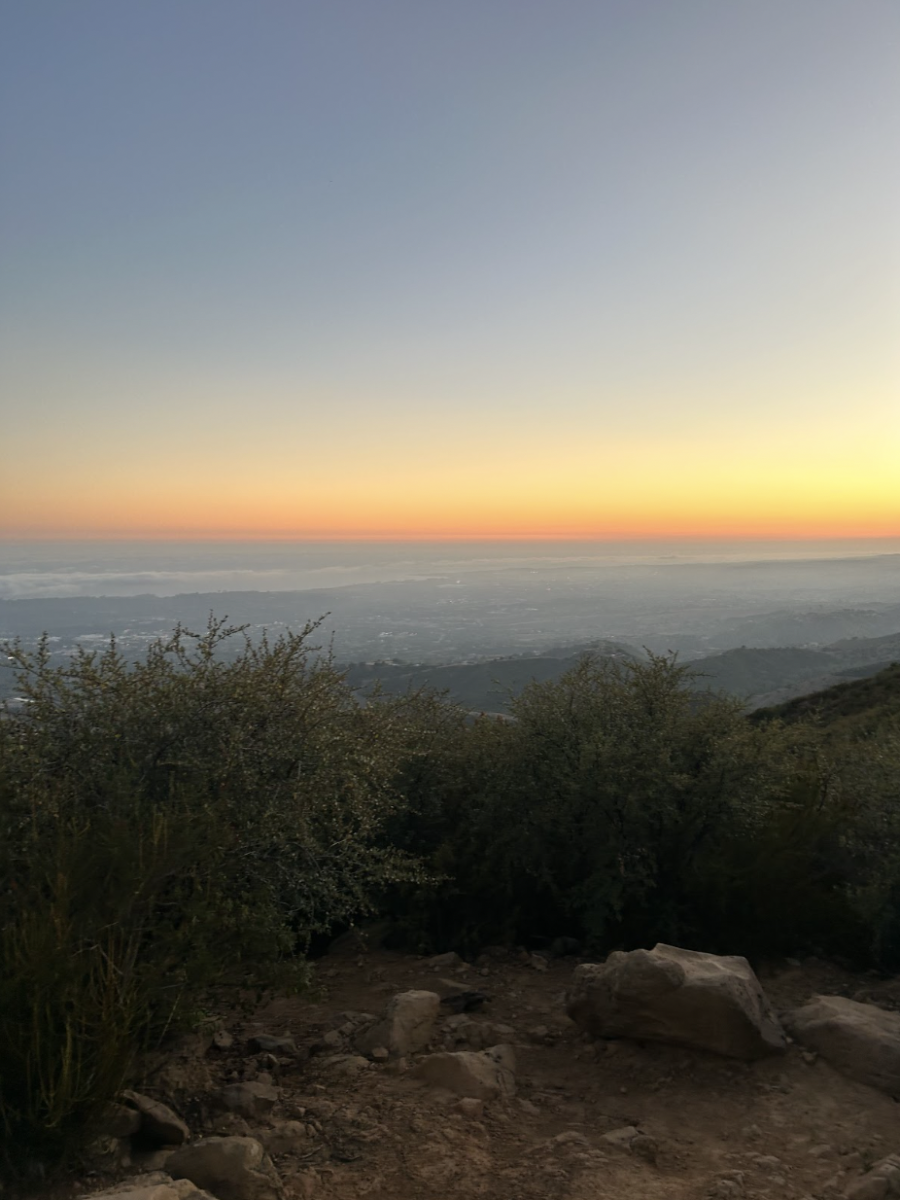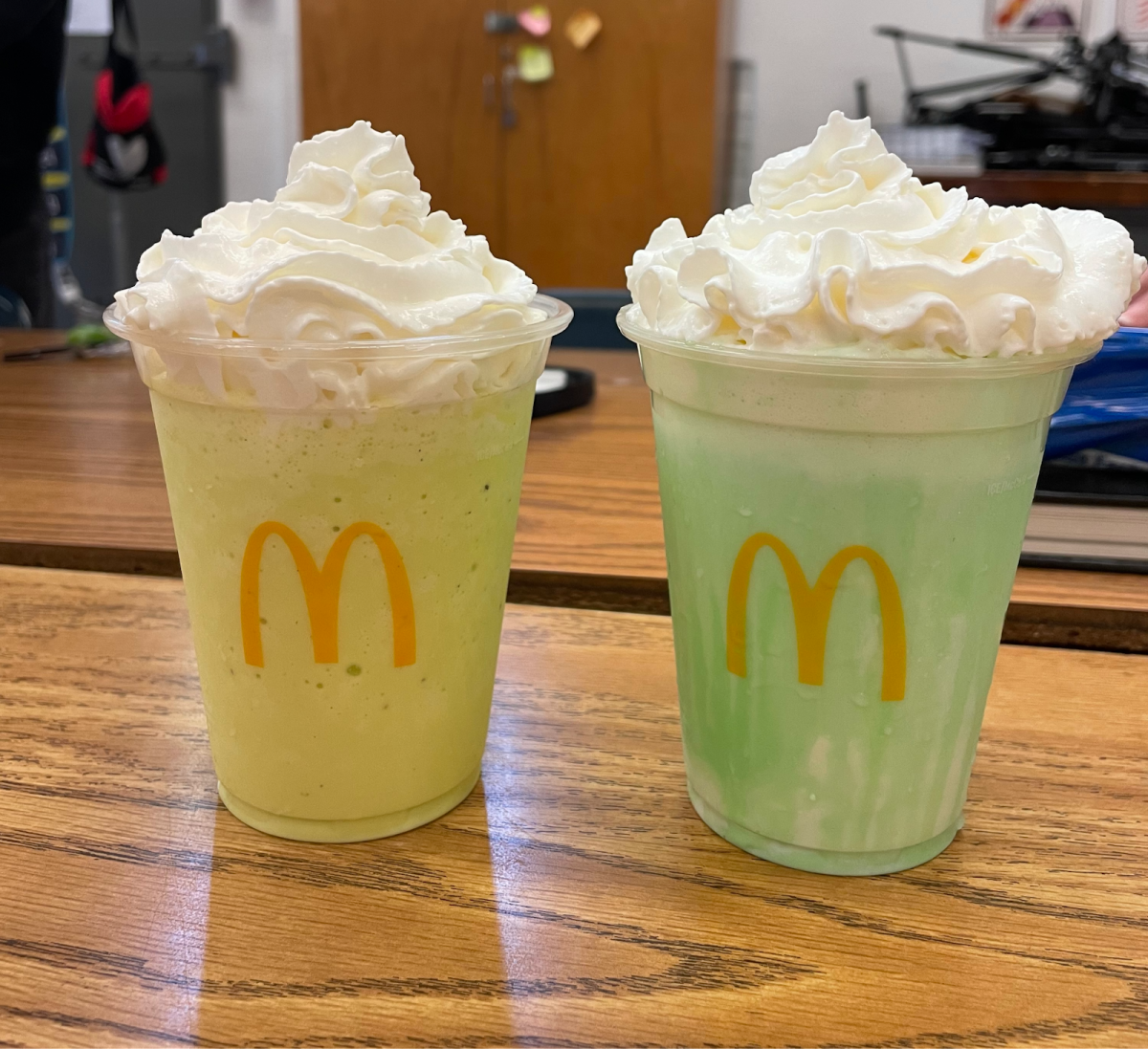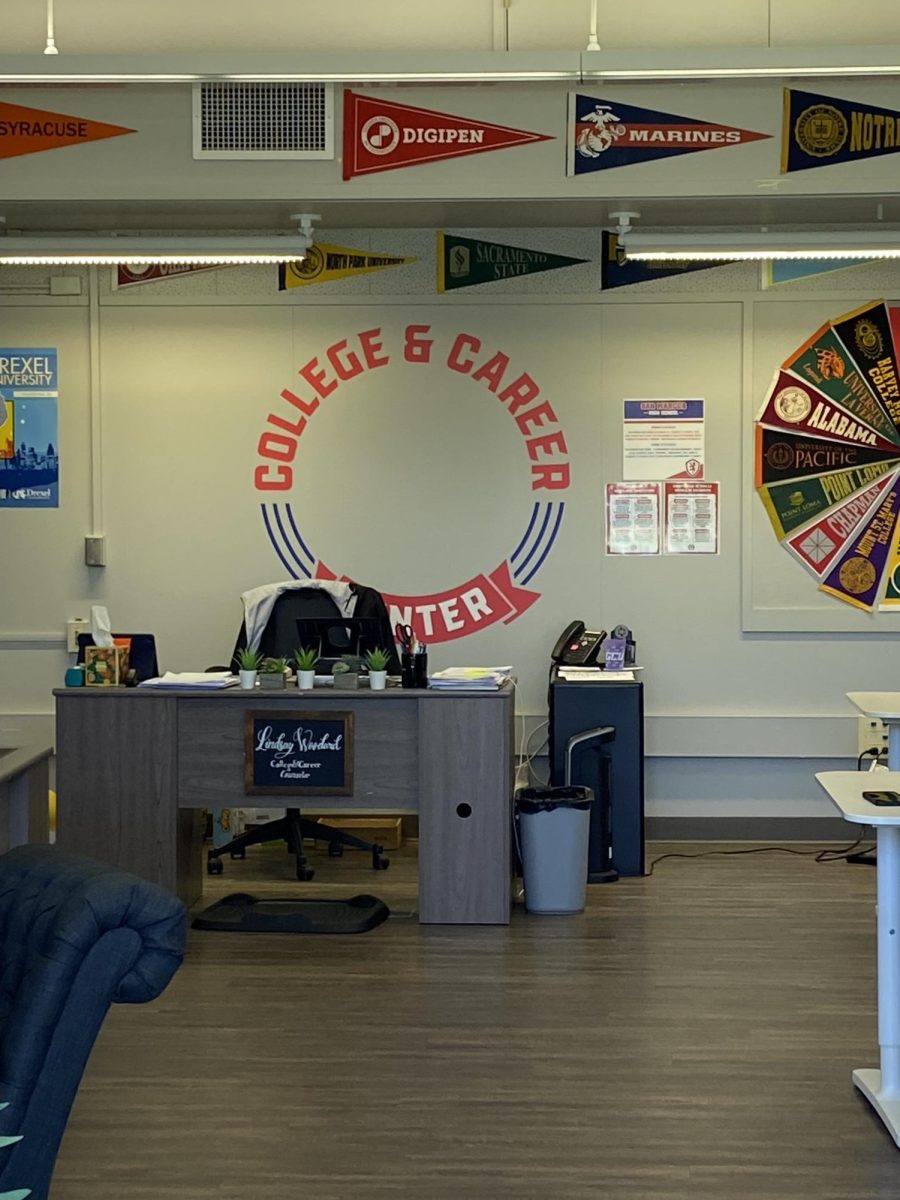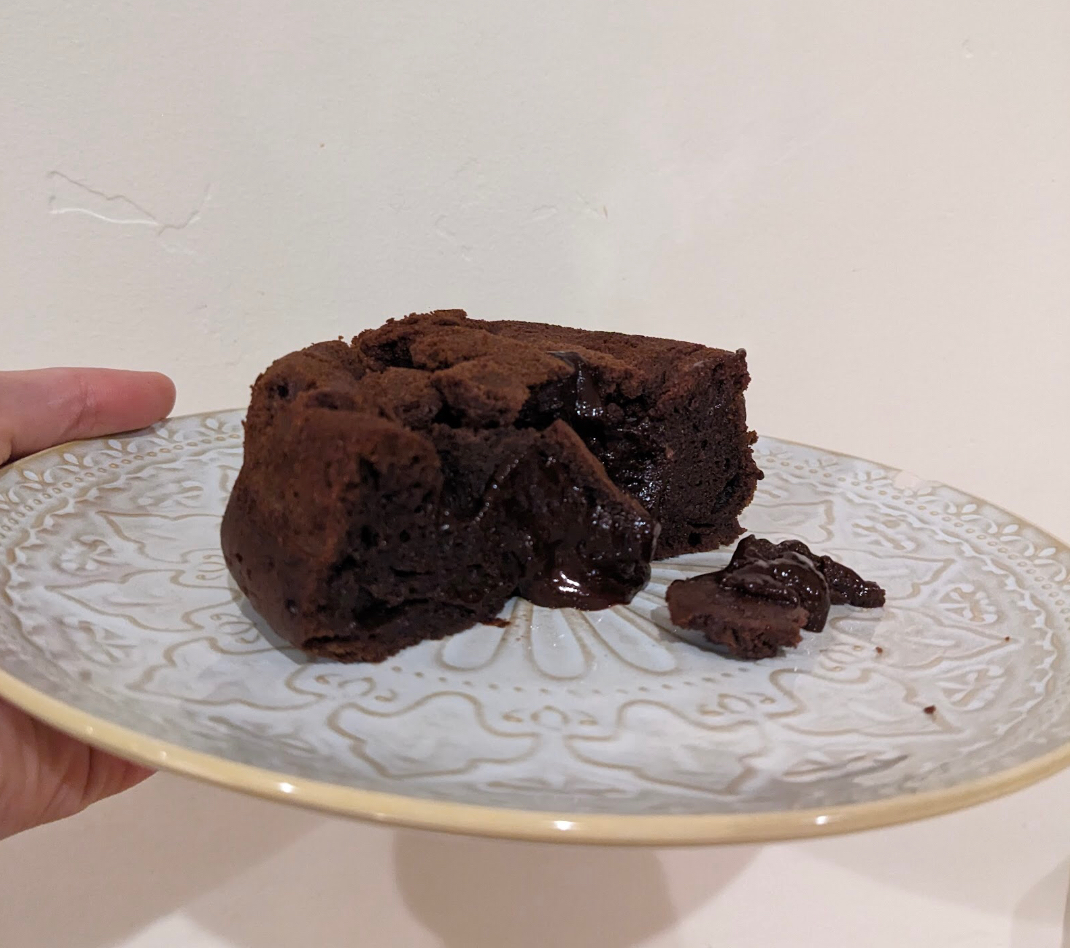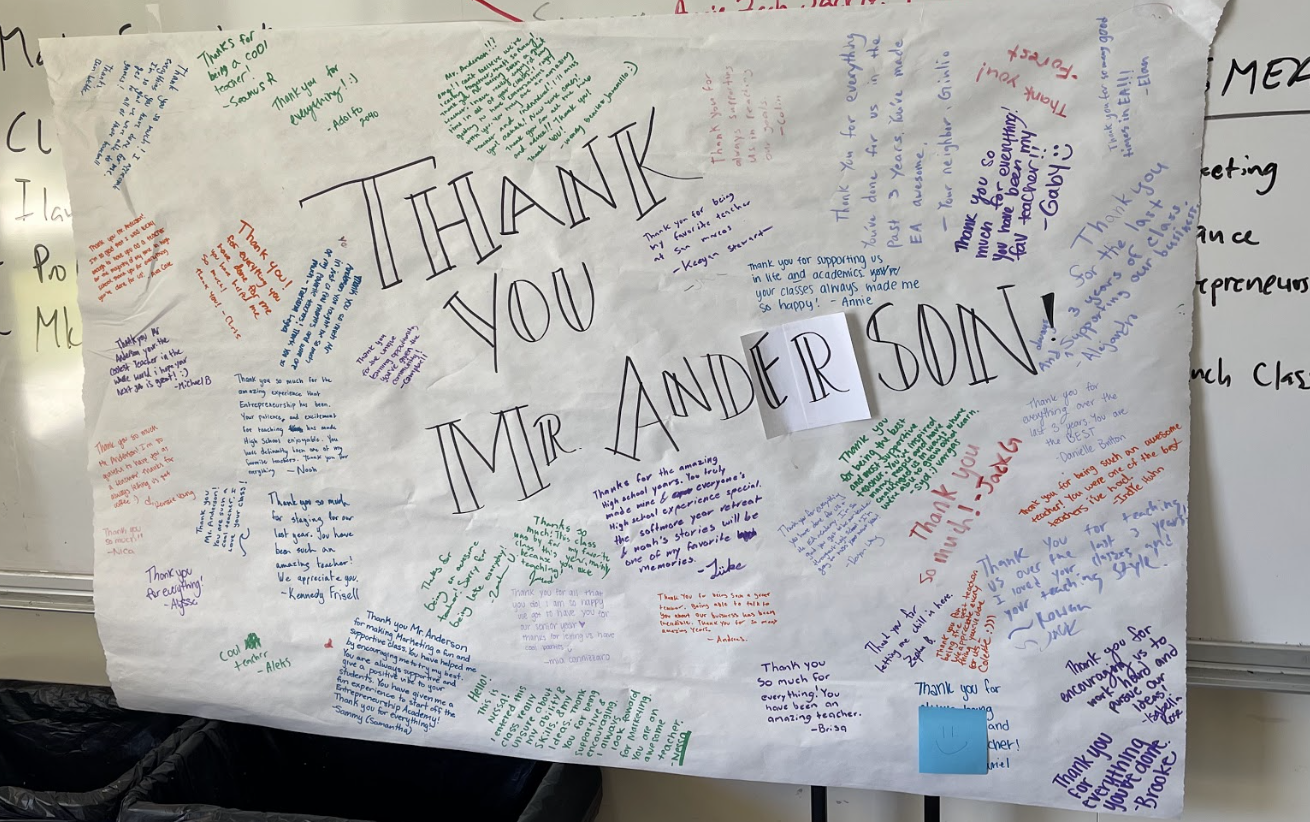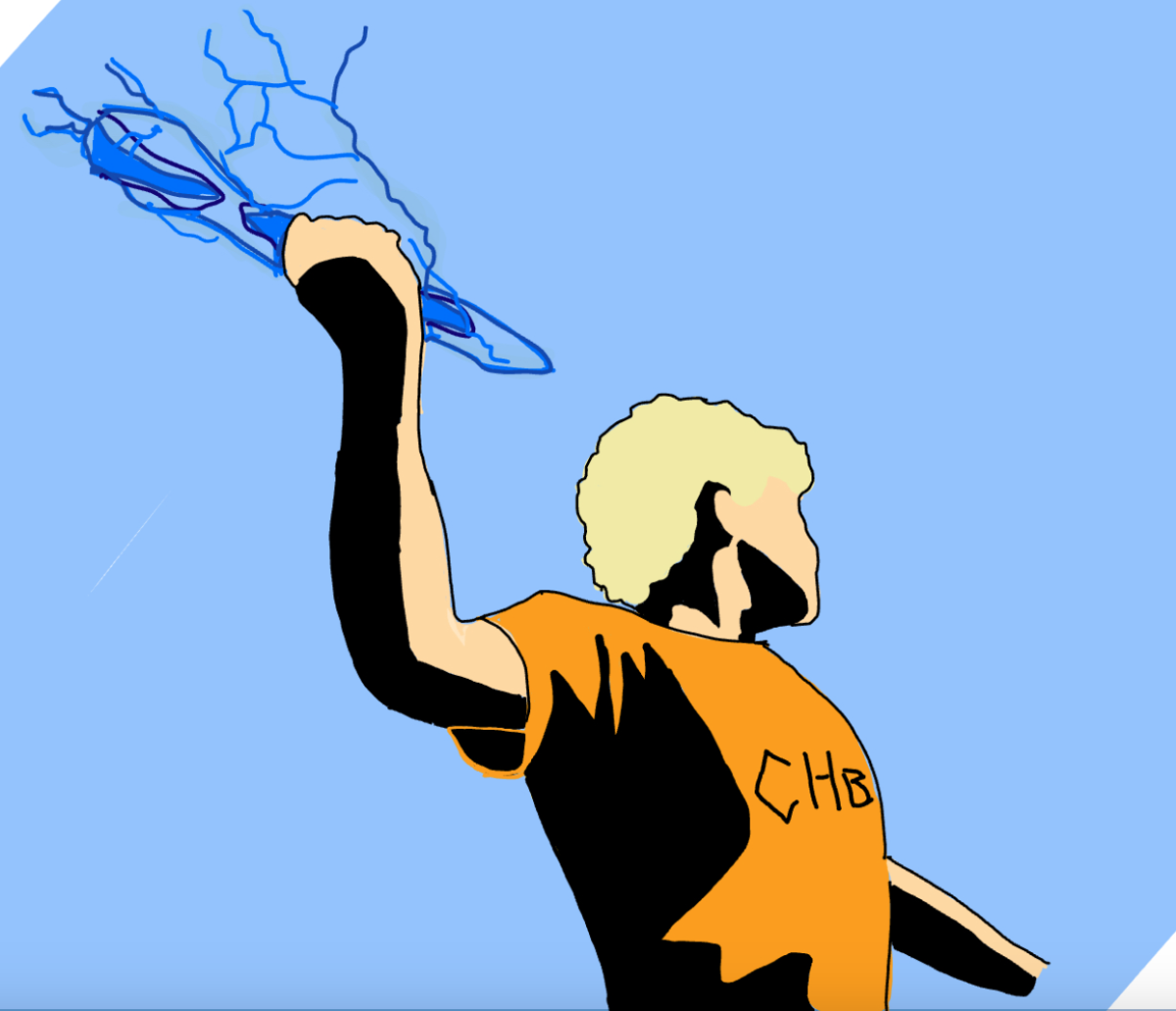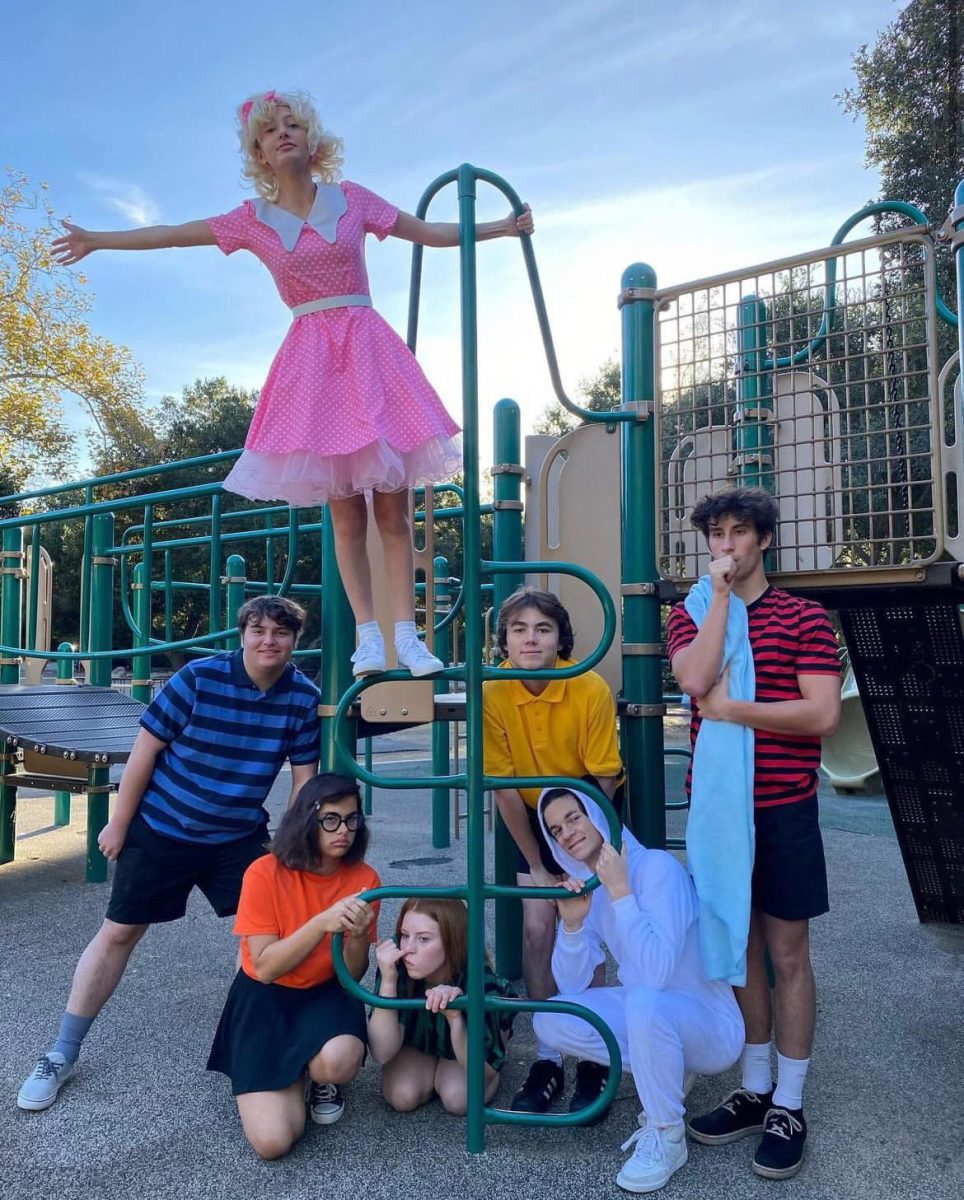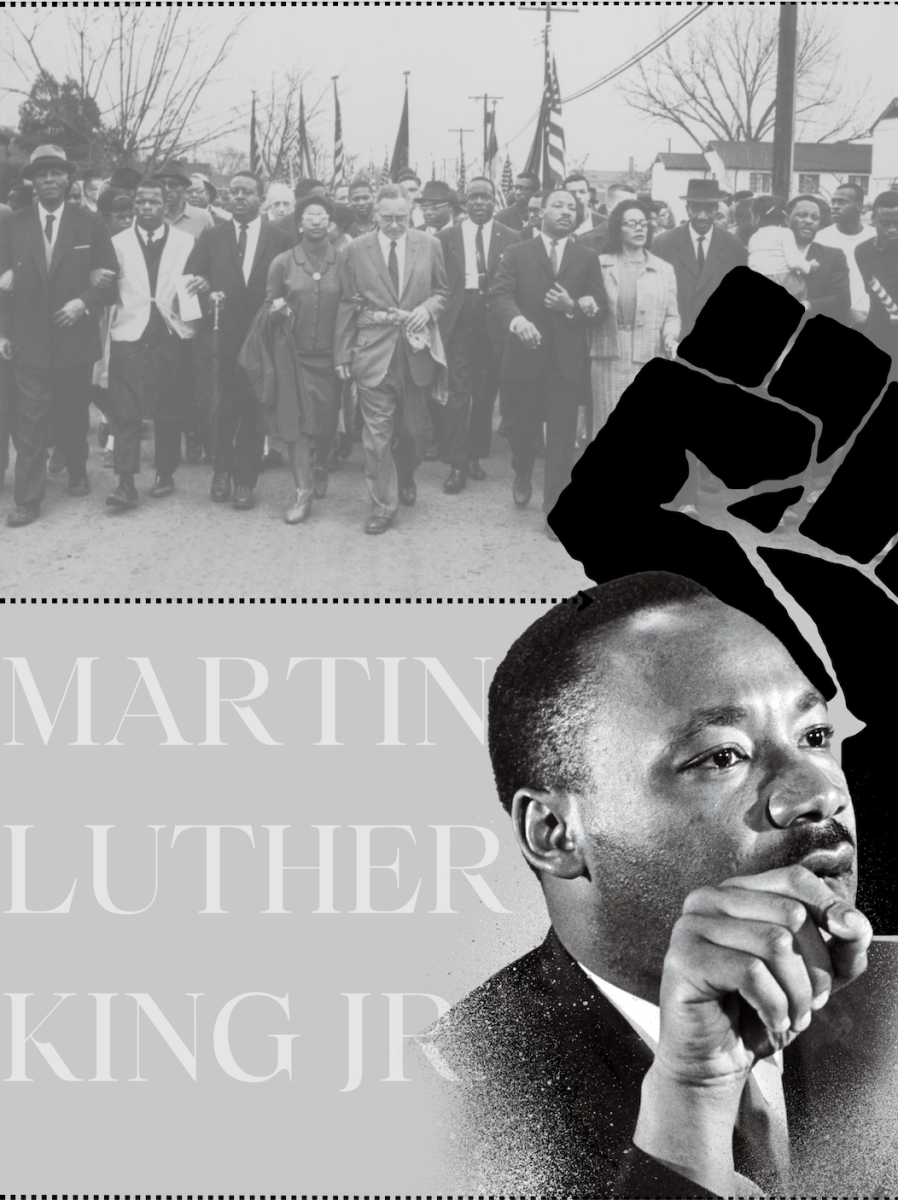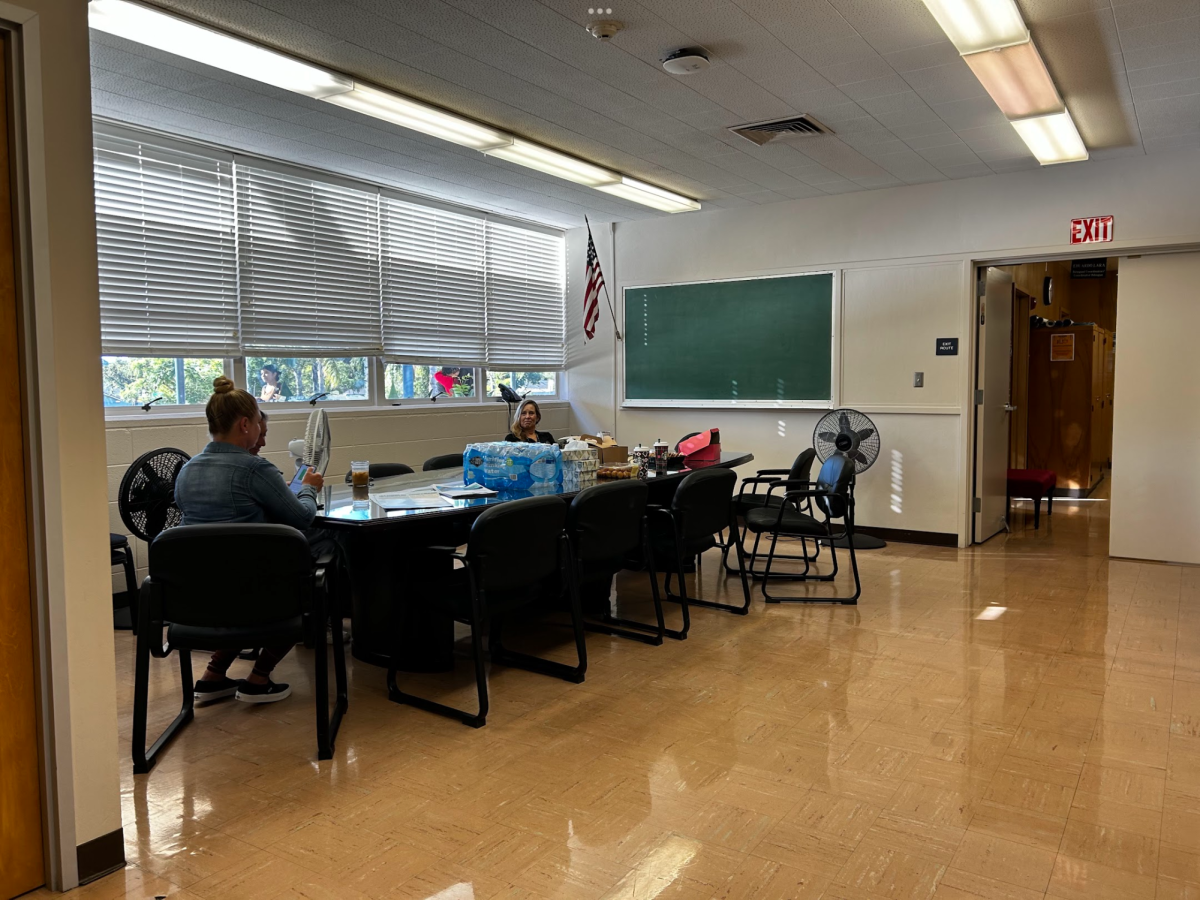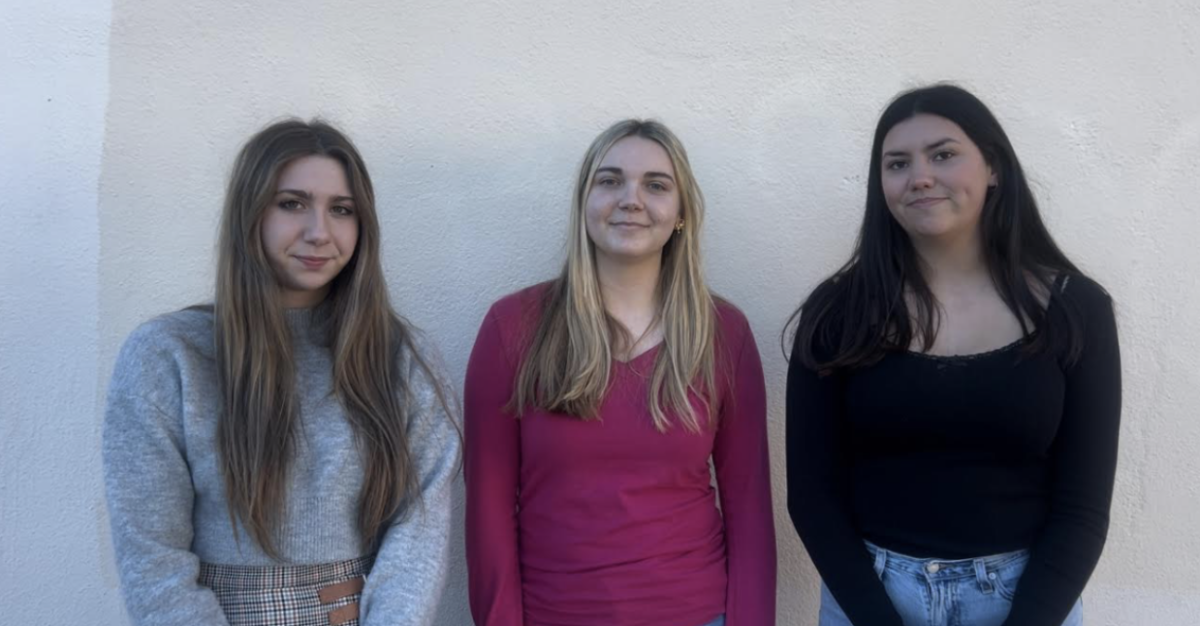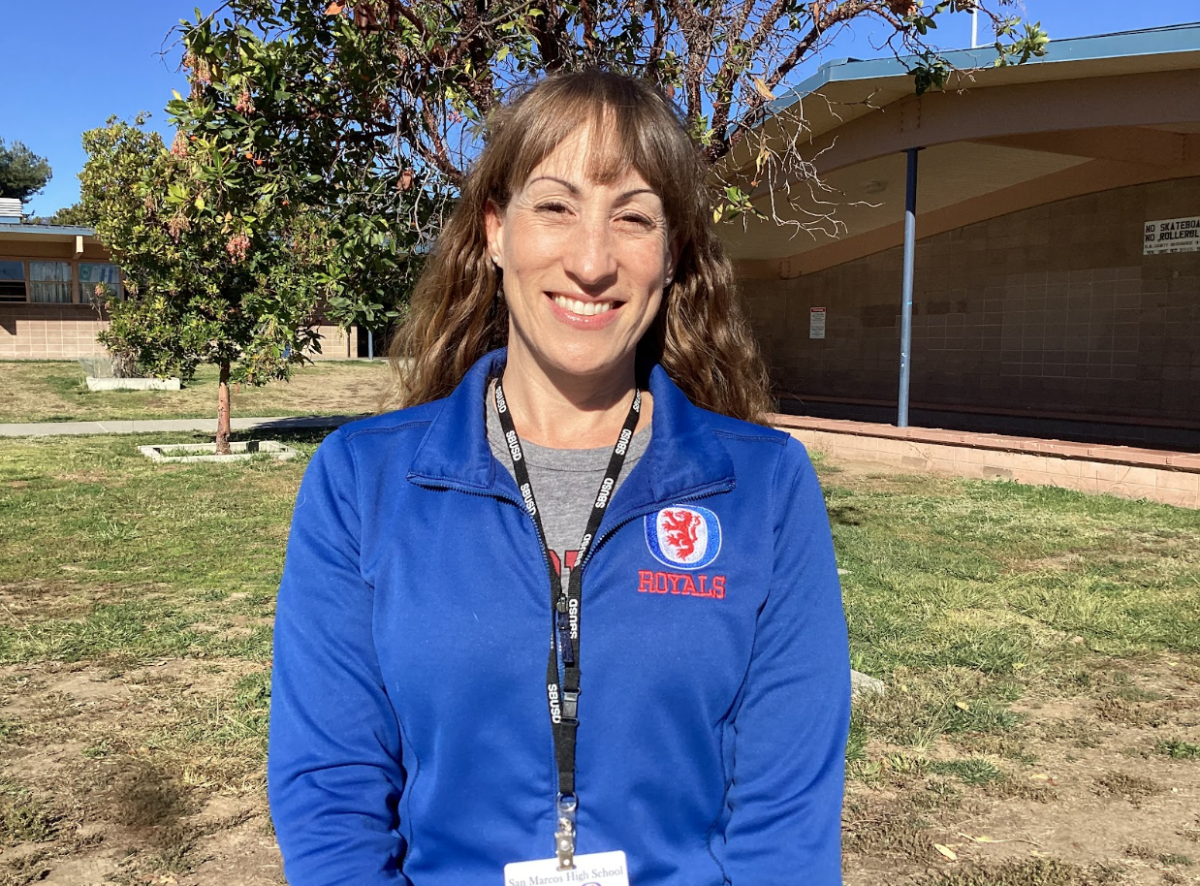“It was a mix of things. First, I was like ‘This is great: more people have the opportunity to learn these things that I did that I really loved and that I was able to really take away,’” San Marcos Entrepreneurship Academy Senior Kenzie Young said, concerning her and other SMEA students’ first reactions to the new open model for the academy. “But we’re also kind of upset because why is it just our academy that’s open?”
The San Marcos Entrepreneurship Academy has its first year as an open academy under its belt.
Explaining the open model of SMEA, Assistant Principal and original SMEA director Alexander Sheldon said, “You take marketing during your freshman or sophomore year, you take finance during your sophomore or junior year, you take entrepreneurship during your junior year, and at the end of your junior year, you would be applying to be in the personalized learning experience as a senior.” Business plan development, the current capstone SMEA class, will be combined with the entrepreneurship class in the open model.
The marketing, finance, and entrepreneurship classes would be available for all students to sign up for as an elective, making the academy “open.” After taking these introductory classes, students who are interested in taking the more personalized learning class in their senior year would have to apply based on the work they have done in the academy up until that point. Ideally, Sheldon explained, this senior class would be “a smaller group of like-minded students that wants to take whatever they’re doing with business to the next level. You want to take a business idea to actually generating revenue or creating a product, a prototype, or just going out and working in the field that you’re interested in.”
“We feel that’s a much more equitable application process versus just based off of what you’ve done outside of school,” Sheldon said.
Sheldon listed some of the reasons behind the decision to open up SMEA.
“I’ll say this, as an academy director, the worst part of my job was having to take applications and say ‘thumbs up,’ ‘thumbs down’ on students,” Sheldon said. “There was always a really clear 15 students that were all in on this. And then there were like 50 students who would be great for it, but that number had to always be 35 based off of how our class sizes work. So, the idea was: how can we get more students involved?”
Another factor cited by Sheldon was that there were many SMEA students who stopped being interested in entrepreneurship part way through their time in the academy.
“We wanted to make sure we had those on-ramps and off-ramps for students because sometimes when students join a special program, they feel obligated to stay even if they’re not fully invested in it, like, I can’t drop out because now I’m not a part of this thing, but I’m not really enjoying being a part of this thing,” Sheldon added.
Sheldon feels that “there’s so much to gain with the increased access that those far outweigh the benefits of this limited group.”
However, seniors and juniors in SMEA found that one of their favorite parts of the academy was the friendships they formed within their cohorts.
“I’ve gained a lot of friends because we have our cohort, we’ve had a class together for every semester of high school since sophomore year, and so we’ve gotten really comfortable with each other. I can go to them if I ever need any help or anything, and so that’s a good network of people,” SMEA junior Michelle Arellanes shared. Arellanes also worried that without the cohorted model for the first three SMEA classes, “since anyone can sign up, they’re going to sign up as a free period and not really take advantage of what they’re being taught and what classes they’re getting to take.”
Young highlighted another benefit of getting to know the people in her cohort apart from making close friendships: increased networking.
“We really started to learn about each other’s connections so from our own group, because we knew each other so well, we were able to go ‘Oh yeah, my dad does this, he can come in and do this,’ and it’s being able to get a lot of speakers and connections and other stuff from our cohort, which was really great, that I don’t know if they have now just because it’s open,” said Young.
Even though the seniors and juniors gained important friendships from the cohorted academy, they see the benefits of the open model for future classes.
“It’s not just those 36 students that get selected; anybody can do it, and I think that’s really cool because it allows more students to see if they like this and see if they potentially want to do something like this in the future. It is a little bit sad [to lose the cohorted academy] because it’s been around for a couple years now,” SMEA senior Wendy Benitez Jaramillo said. “But more students have access to it, which is what matters, you know?”
She also pointed out that “If the students do the first class, marketing, then they can continue taking on those classes, and if they do like it, those students that continue on will form those really strong relationships because they will see each other over the next couple years.”
“I also understand opening up the classes to anyone who wants to sign up; that’s really good too to give more people opportunities to be educated for finance and business because those are life skills that anyone can use,” Arellanes said, highlighting the universality of the content taught in the academy.
Although he, along with Mr. Jamie Devries will not be returning to SMHS next year, SMEA teacher Mr. Bryan Anderson is hopeful for the future of the open model, saying “I would say, just off the top of my head, 60 to 80% of the kids in the pathway want to take the next class. So, we went from basically about 100 kids in the three grades of cohorts to about 220 or 240 so if 80% of those kids on the high end continue and move forward, then our academy is going to just keep growing. […] The funnel might be bigger now, but as it gets smaller, they’re going to be more concentrated and more focused on the end goal.” Anderson is leaving SMHS to teach at Providence High School because while he enjoyed his time at SMHS, he was “ready for a change and to get back to something small” after teaching at Anacapa, “a school of 60,” for 13 years prior to SMHS.
The Health Careers Academy, similar to SMEA in that it has classes that are open to anyone, still uses a cohorted model and will continue to do so for the foreseeable future.
Sheldon drew differences between the Health Careers Academy and SMEA, saying Health Careers hasn’t had a noticeable amount of students want to leave that academy before they graduate and that their academy substitutes classes like Med Bio for core content classes like biology instead of how SMEA is made up of only electives.
“Part of it is the staffing of it,” added Sheldon. “Health Academy went to just increasing the number of sections that they have. It’s much easier for them to staff Health Academy teachers than it is for us to staff Entrepreneurship Academy teachers.”
Cohorted or non-cohorted, SMEA has greatly impacted its students and will continue to do so. The seniors have advice to pass onto the SMEA juniors and underclassmen as they bid the academy and SMHS goodbye.
“Really go for it. Just jump in headfirst and just try and see where it goes. Don’t be timid. Any ideas you have, write them down and try it. There’s honestly, especially with entrepreneurship, especially with business right now, there’s hardly ever a way to really fail when you’re just trying, especially right now,” Young said.
Benitez Jaramillo recommends that juniors and underclassmen enter the SBCC New Venture Challenge. She won second place in the challenge this year.
“Last year, my team didn’t even make it into finalists, and so this year, placing felt really awesome, and it’s like ‘Oh my gosh, we actually did it!’”
Young and Benitez Jaramillo are thankful for the opportunity they had to be in SMEA.
“You don’t get taught how to network, you don’t get taught how to write formal emails and what that looks like, to communicate with certain people when you want to ask for help, how to get mentors. That’s not normally something you learn in an English class or history class. I’m just really grateful for those things and the friendships I’ve made and just the teachers themselves have been amazing,” Young shared while Benitez Jaramillo said that “all of the teachers and the students that were a part of the academy, they’re just amazing and they really made my experience at SM really unforgettable.”
